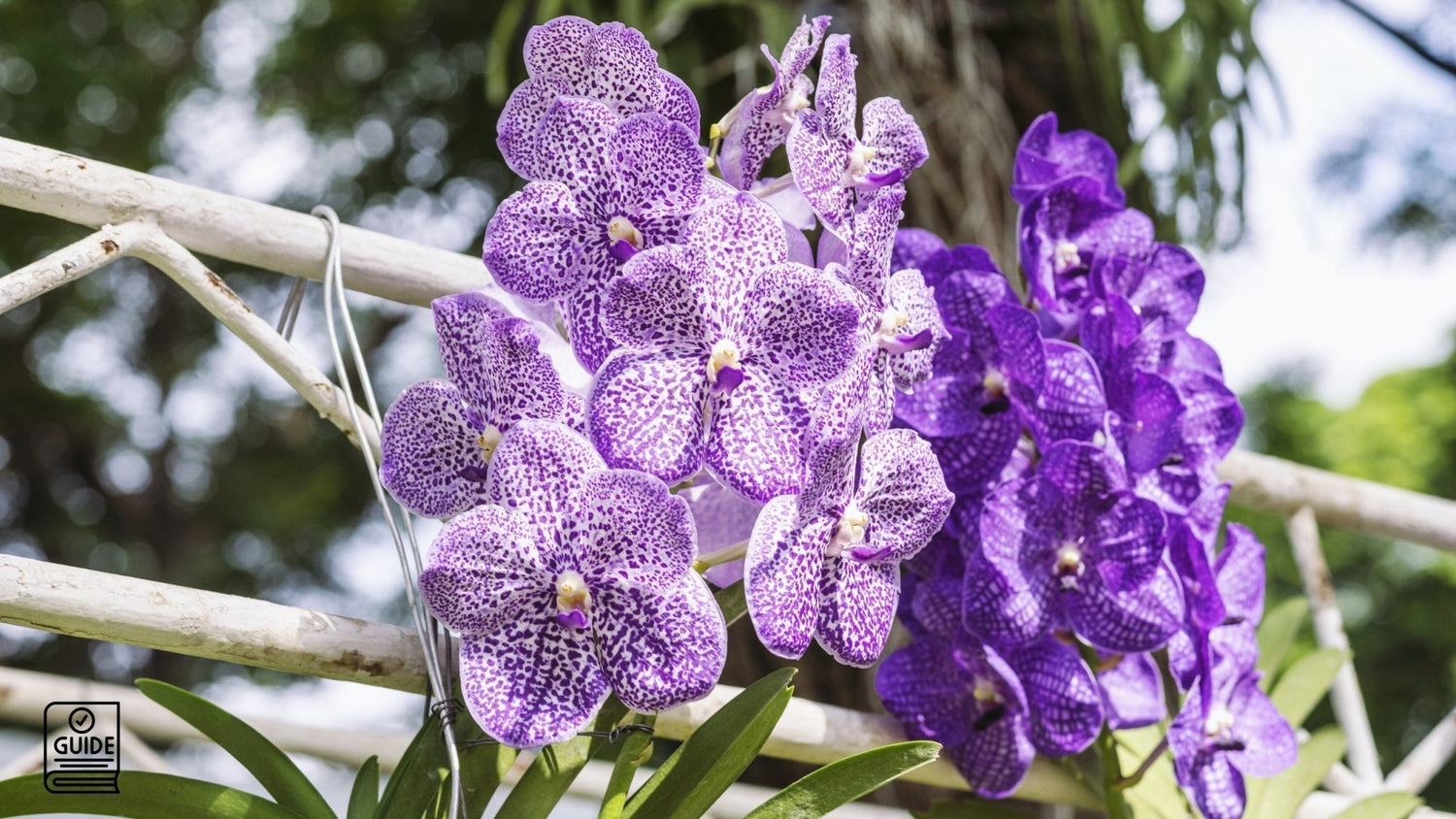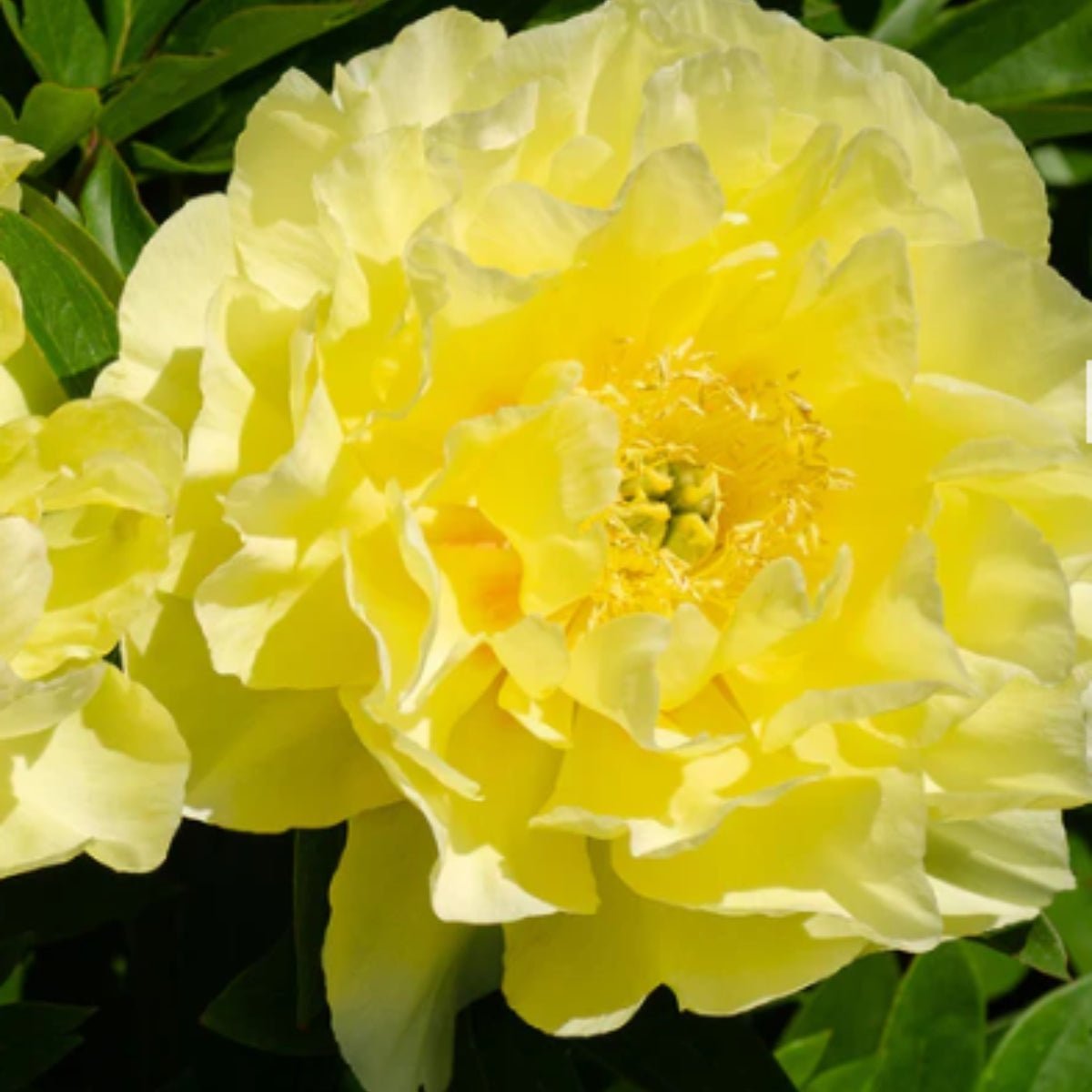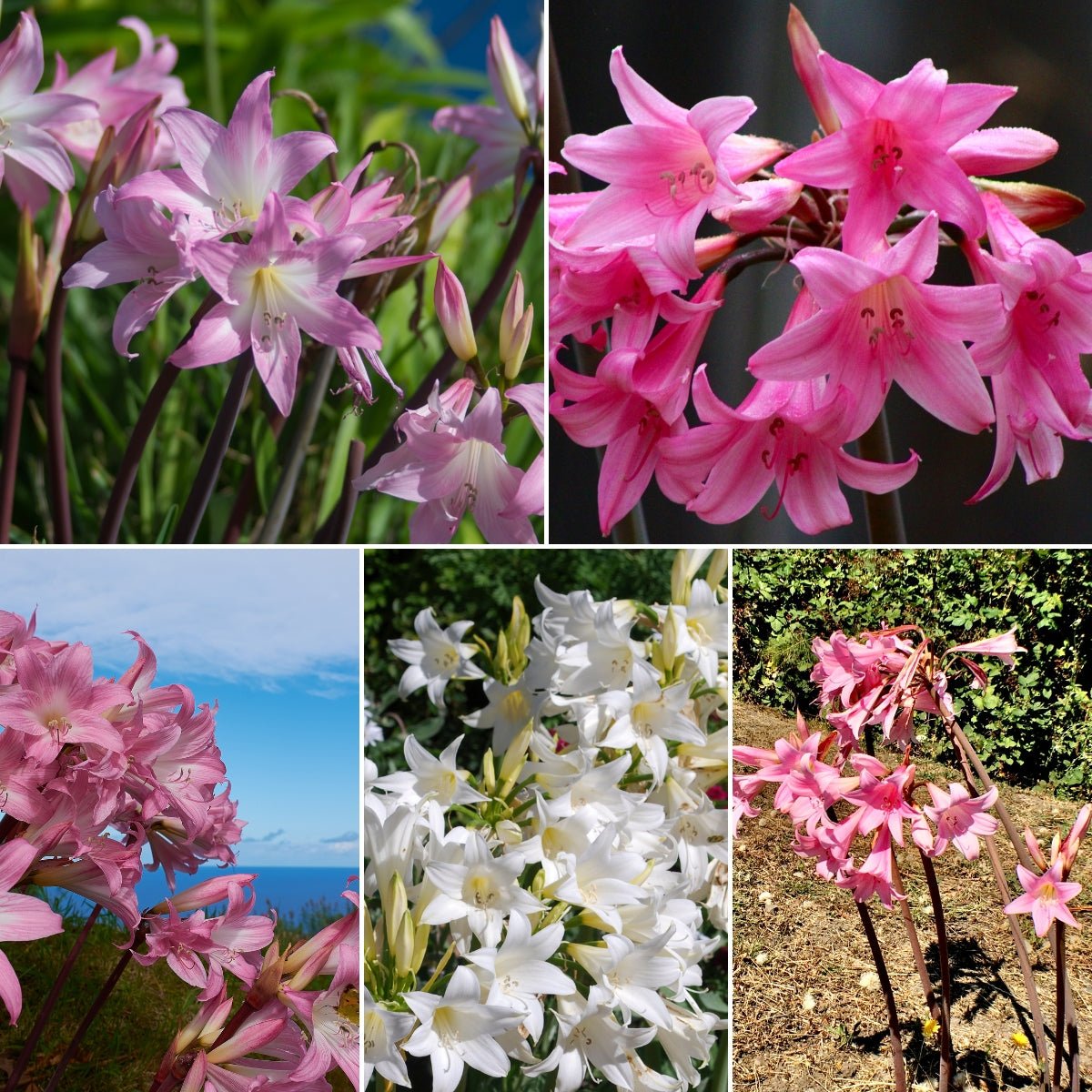About Clivia
Clivias are beautiful flowering plants known for bringing clusters of vibrant colour to any home or garden. Their bell-shaped flowers range from a pale yellow to a bold red and their deep green, arching leaves fan out from the centre of the plant giving this them a pleasing, symmetrical shape.
Oldboy's Colour Range: Buy Clivias Online-Shop Now
Lucky Dip, Orange, Pastel, Bi-colour, Red, Peach, Green, Yellow, Interspecific, variegated and Apricot.
Information
Scientific Name: Clivia Miniata
Flowering: September, October, November
Planting depth: Base of plant just below soil surface level
Planting: September, October, November.
Height: 40-60 cm
Soil PH: 5-7 Acidic to Slightly Acidic. They thrive in rich, loamy, and well-draining soil.
Best Spot in the garden: Full to partial shade. They enjoy a small amount of natural light in the early morning.
Brief History of the Clivia
Clivias are plants native to South Africa where they grow wild in subtropical forests.
In 1815, William John Burchell, an explorer and naturalist from England, became the first person known to create a collection of clivia in the Eastern Cape of Africa—while gathering more than 40,000 different plants during his trip.
A few years later, a botanist named James Bowie visited the same area in the 1820s on a mission to collect these plants for the Royal Botanic Gardens at Kew in England.
But, it wasn’t until 1828 that the clivia plant officially received its name. A horticulturalist named John Lindley is credited for having named it after Lady Charlotte Florentine Clive, the Duchess of Northumberland.
How Do You Say Clivia
Clivia is pronounced similar to the way it looks. The phonetic spelling is kli·vee·uh.
How to Grow Clivias From Seed
Learning how to grow clivias from seed can be a fun project for anyone who loves to garden. Keep in mind, though, that growing clivias from seed is a rather lengthy process. While the seeds do germinate in a short 4-6 week window, it takes 3-5 years for them to flower from seed.
- Peel the berries and collect the seeds
- Soak the seeds in 9 parts water and 1 part bleach for 24 hours to kill off any fungus before planting.
- Fill your pot with potting mix and soak the soil thoroughly.
- Allow the soil to drain well so that there is no standing water.
- Press seeds halfway down into the soil with the dark spot on the seed facing up.
- Cover the pot with plastic wrap.
- Place the pot in a warm location ideally between 21-25 degrees Celsius.
- Allow the seeds to germinate for 4-6 weeks.
- Mist the soil lightly if it starts to dry out and recover it with plastic wrap.
- If any roots poke up from the soil during this time, gently push them back under the soil.
- After about 18 months, transfer the seeds to individual pots to grow on their own.
How to Care for Clivias
Once you learn how to look after clivia, it’s a pretty easy process to keep your plant healthy and happy. With these tips, you can grow a large, robust clivia plant at home or in your garden.
Planting
When planting Clivia, you first want to prepare the soil in your pot or garden bed. Next, dig a hole and twist the plant so the roots sit well as you place it into the hole, and hold it upright. Then, backfill the soil into the hole and gently pat it down. If you are planting multiple plants, repeat the process, spacing each plant about 30 cm apart. Lastly, water the soil until it is moist but not overly saturated.
Aspect
Clivias thrive in full to partial shade and are likely to die off quickly if placed in a location that’s full to partial sun.
Climate
Clivias like a warm, humid environment including coastal climates, households, and greenhouses.
Temperature
The ideal temperature range for clivia is anywhere between 15-25 degrees Celsius. They prefer 18-25 degrees Celsius during the spring and summer months and 15-18 degrees Celsius during the fall and winter months.
Soil
Clivias prefer soil that is moist, fertile, and well-drained. They do poorly if the soil becomes flooded with excess water. Avoid clay based soils.
Mulch
Spreading 3-5 cm of mulch around the base of clivia once per year will help retain the moisture in the soil.
Position
The best position for your clivia is inside near a window with indirect sunlight or in a garden with plenty of shade.
Watering
Clivias prefer soil that is well-drained. It’s best if you allow the soil to dry out slightly between each watering.
Feeding
Once flowers start blooming, spray a liquid fertiliser onto your plant every two weeks until the plant reaches its dormancy stage in the fall. We have liquid fertiliser available.
Fertiliser
Fertilising your plant immediately after it blooms and every two weeks during the blooming season will help your plant stay healthy.
Flowering
Clivias are more delicate during the flowering stage, so be gentle with them and refrain from moving them to a new location at this time.
Aftercare
After your plant has finished flowering, trim the stalks back to soil level with a clean sharp blade or scissors. Failing to do so will cause berries to grow, and your plant may not flower the following year.
Repotting
Clivia should be repotted every 3-4 years after they’ve finished flowering so the roots have plenty of space to grow.
How to Divide Clivias
Once your mature clivia has finished flowering, carefully remove the entire plant from its pot or garden plot, and cut the offset away from the parent plant with a clean, sharp blade. Each offset will have a minimum of four leaves and roots of its own.
Then, simply plant the offset into a new pot or space in the garden and replant the parent plant as well.
How to Get Rid of Pests
The best way to get rid of pests on your clivia is to wash the entire plant with soapy water, spray it with an organic liquid insecticide, or sprinkle granular insecticide on top of the soil. You can also remove larger pests like caterpillars, snails, slugs, and grasshoppers by hand or smaller pests like white flies and fungus gnats with yellow sticky traps for the garden.
When it comes to diseases—like leaf spot, damping-off, or root rot—remove the infected areas of the plant with a clean, sharp knife and spray it with a fungicide.
Where to Buy Clivias
The most convenient way to buy plants online is through Oldboy’s. Here, you’ll find a selection of healthy clivias for sale.
Check out our wide selection of clivia for sale here.





